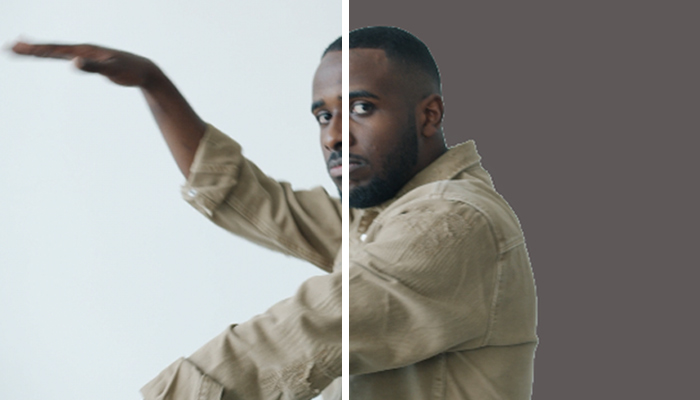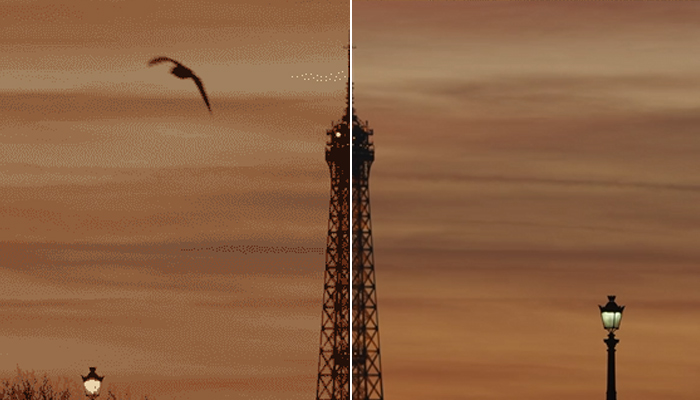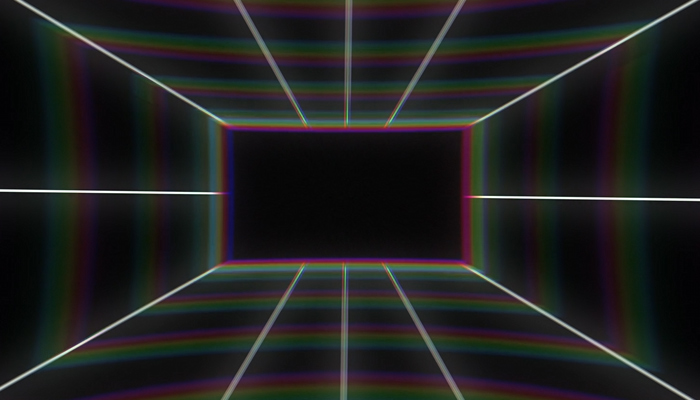There are many techniques that can be used when creating photos, and understanding different approaches can make a real difference to your work.
Composite photography is one such technique. But what is a composite photo? How can you create composite images? In our article, we'll discuss everything you need to know to get started with composite photography so you can create stunning images of your own.
What Is Composite Photography?
Composite photography is pretty much what it sounds like - composing a new image by combining two or more photos to create the new image.
Put that way, it sounds incredibly simple, but creating composite images can be very involved and time-consuming. Don't let that put you off, though - the results of combining different visual elements can result in some truly stunning pieces of work.
Sometimes these can be surreal pieces of art, sometimes they can take familiar elements and place them in unusual contexts, sometimes they can be used for interesting marketing or advertising campaigns, and sometimes simply for clicks and views on sites like Instagram.
Wherever you see composite photography and whatever it's used for, the results can be striking and eye-catching.
To create composite photography, you are going to have to use image editing software. Adobe's Photoshop is probably the best-known and most widely used, but there are plenty of other image editing packages available like Optics, so it's important to find one that suits both the way you want to work and your budget.
How Should You Use a Composite Photo?

There are loads of different ways that a composite image can be used, and one of the great things about composite photography is just how versatile and flexible it is.
One of the most common uses is to create scenes that are impossible. These can be surreal, strange, eye-catching creations that allow the creator's imagination to take flight and construct images that could never exist in the real world.
Because you're combining images that don't necessarily have any connection to each other, you can create scenes in practically any genre and for any reason. The only limits are what you can think of!
However, composite photography isn't just about creating surreal images. You can also use it to improve existing images. Imagine that you have taken a photo, and while the shot is great, the sky is cloudy.
Using composite photography, you could take a perfect, clear sky from a different picture and insert it, creating an image that looks much better. Using multiple exposures or images, you can combine them to create a single, perfect image as if the image came from the same photographic plate.
You can also use composite photography to overcome technical limitations. Blending different takes, exposures, types of images, or image content into the same scene can allow you to construct images that might otherwise be beyond the physical or technical limitations of what you are able to achieve with equipment alone.
Composite photography is also a great way of constructing images like movie posters, book covers, and other marketing campaign materials. By combining characters, situations, settings, and other elements into a single image, you can create something that really sells the story of what you are promoting.
How to Create Composite Photography

The first step to creating a composite image is, in a way, also the last step - deciding what your final image is actually going to be. Once you know what you're aiming for, it's easier to construct steps to get you to that stage rather than just making it up as you go along.
While some composite images are created by photos captured spontaneously, the best ones (and the way to get the best results) are to plan ahead. Planning is always your best friend!

Making sure you have the correct equipment is, of course, a vital step, as is ensuring you have the appropriate image editing software. This can be professional packages like Adobe Photoshop or Optics, but there are plenty of free photo editors that you can use as well.
-
Creating a Composite Image
First, select the images you are going to use to create your final composite image. As with any photo project, the higher the resolution of the images you use, the better the final result will be.
Once you have selected them, check the lighting and composition of each of the images. Chances are, you will have one "main" image that other elements will be inserted into.
In order for the final composite image to look professional and convincing, you need to ensure that lighting, color, tone, and shadow all match.

To take one example, say you have a photo of a landscape shot in the late afternoon and a photo of a person shot in the morning. Their shadows will be sloping in different directions because of the time of day, so if you want to insert the person into the landscape, you need to keep this in mind.
Similarly, the lighting conditions are likely to have changed. One might have been shot when it was overcast, the other when it was clear. If the person looks dull because that photo was taken when it was overcast, it will immediately look false when inserted into a landscape that's bright and cloud-free.
When you have made all these decisions, open your photo editing software and create a new project. Import your first image onto the canvas and make any initial adjustments you want to make to this image.
It's important to do this first - get the base image exactly how you want it, then adjust any subsequent images to match it. This gives you a good baseline to work with.
For each additional element or photo you want to insert into your composite image, create a new layer. Each element should have its own individual layer so you can make adjustments to that element without affecting the other parts of it.
-
Layers
Understanding how to use layers and the layer mask in your photo editing software is really important - it's a key part of producing great composite photography. If you don't know how to do this, take the time and learn image masking because without this knowledge, it will be really hard to get a great final composite image.
-
Isolating Elements
You also need to learn to use tools such as quick selection, lasso, and magic wand to be able to effectively isolate elements you want to include in your composite image. AI tools have also become great at being able to effectively and cleanly isolate elements in photos, so it's worth investigating them too, if your software has them.
-
Building Your Image
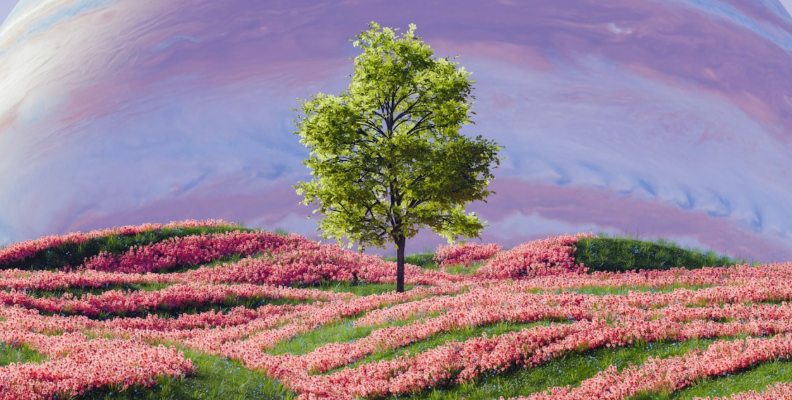
When you have successfully isolated all the elements you want to use, it's time to build the composite image you want to create.
When you are inserting elements, be sure to focus on blending modes to make all the elements of the composite image sit comfortably together. These can have a big influence on how effective your final image will look.
Finally, add any final elements you may want to include, such as text, graphics, logos, or anything else you want to include. Be sure to check that these stand out enough from the image to be clearly visible, but that they don't detract from the work you've put into creating the composite image.
That's it! Follow these steps, and you will have produced your very first composite image.
Pros and Cons of Composite Photography
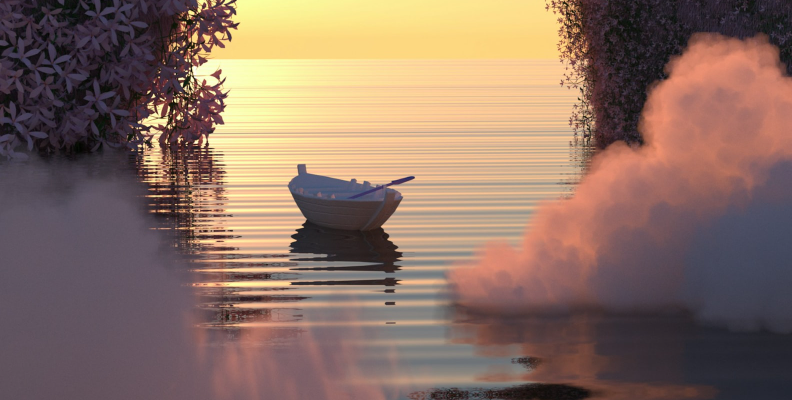
There are a number of advantages and disadvantages to creating composite photographs.
-
Pros:
Striking images drive engagement. The more your visual elements intrigue and captivate your audience, the more you are going to draw people into your content and drive engagement.
Artistic expression. Composite photography allows you to release your inner vision, giving you the chance to express yourself artistically in a way that isn't possible with natural or "real" photographs. The final image can look like pretty much anything you can imagine.
Versatility. You can make small adjustments or huge changes to existing images, you can create something bold, surreal, eye-catching, or simply interesting. Whatever you want to capture, you have the versatility to do it.
It's cheap! Ok, so you need to pay for your photo manipulation software, but once that expense is out of the way, the only cost is the amount of time it takes for you to complete your images. And the better you get at creating different images, the less time it will take you to do so.
-
Cons:
Can be controversial. As a rule of thumb, avoid anyone else's images unless you have clear, explicit permission to do so. Using other people's images can be a legal nightmare, and you don't want to get caught up in copyright violation or other legal issues. If you're using your own images (or images you have the rights to) you know you are on safe ground.
Don't use it to fake real images. Similarly, don't use composite photography to pretend you caught a "real" image when the composite isn't one. You'll almost certainly get caught out and, even aside from basic ethics, it's just unprofessional.
Quality. It takes time, skill, care, and practice to produce a great final composite image. Poor-quality composite images are obvious and unappealing, so before posting, ensure you have an image you can be really proud of and that stands up to comparison with other composite photographs.
Mixed messaging. If you're combining two or more images, it can be easy for the viewer to get the wrong impression from the final images. Construct your composite image carefully so you know you're putting over the correct point and ensuring your audience understands what you are trying to convey.
Final Words
Composite photography is a powerful, inventive way of using existing images to create striking new compositions. Whether you want to make a small adjustment, create wild flights of fancy, or simply fancy trying new methods and techniques of creating images, composite images give you the chance to really stretch your creative wings. So stretch away and come up with some truly stunning images!
FAQ
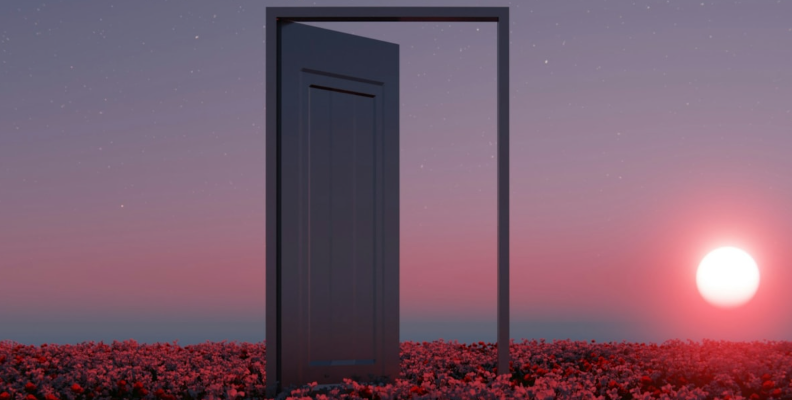
Difference Between Photomontage and Composite Image
While photomontage and composite images are related, they are not exactly the same thing. A photomontage normally involves combining a number of different photographic images, but you can usually see the joins or tell where the images have been combined.
Sometimes this can involve using masking, using a layer mask, cutting, or other techniques, but generally speaking, what you have with photomontage is a collection of images combined to make one, a bit like sticking photos to a pinboard.
In contrast, composite photography is designed to look like a single, unified image, even when that image is impossible in the real world. Carefully constructing a composite image from others means the unified whole looks like you've just snapped a single image, even when this is obviously impossible.
To put it another way, a photomontage will highlight the different elements of the images used, whereas a composite image will remove the different elements of the images.

